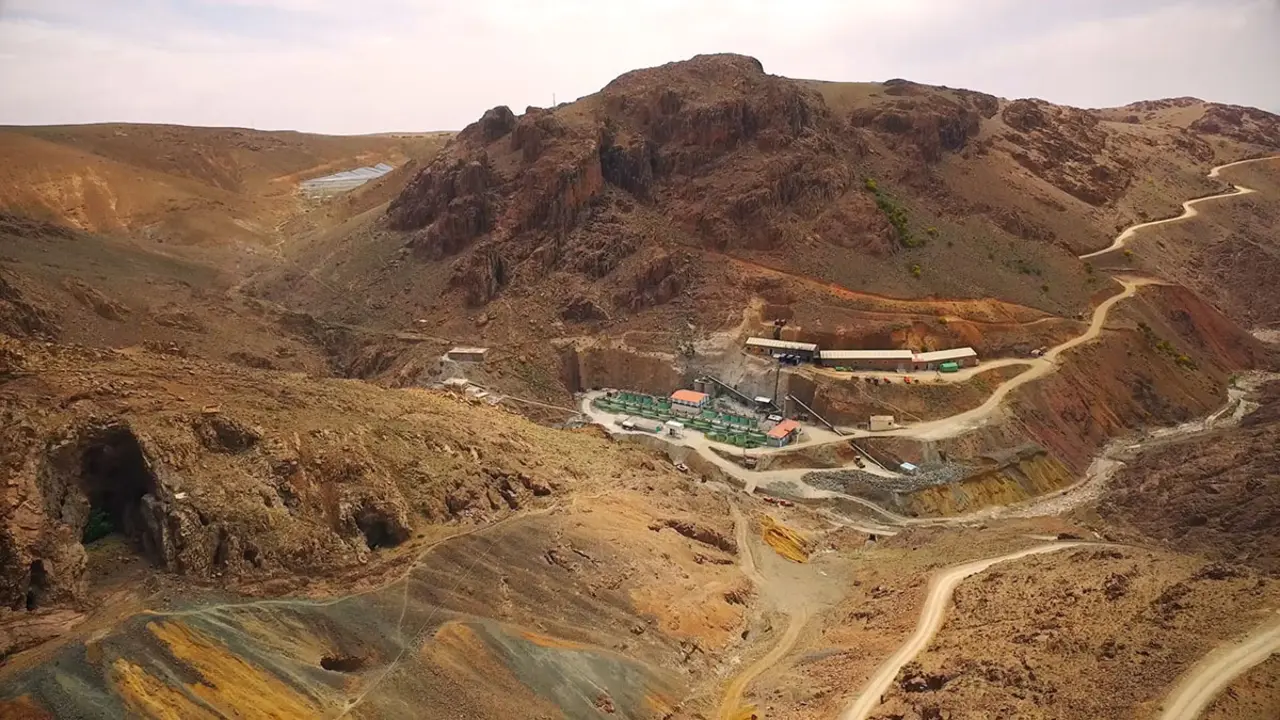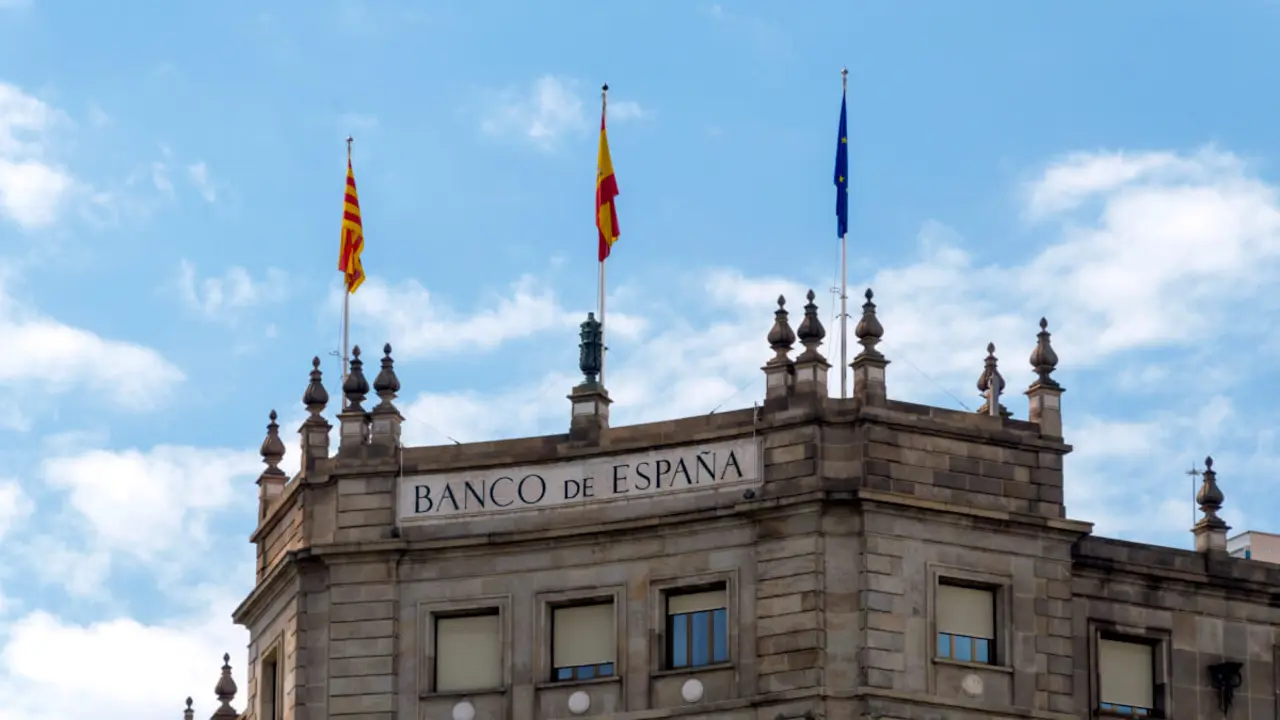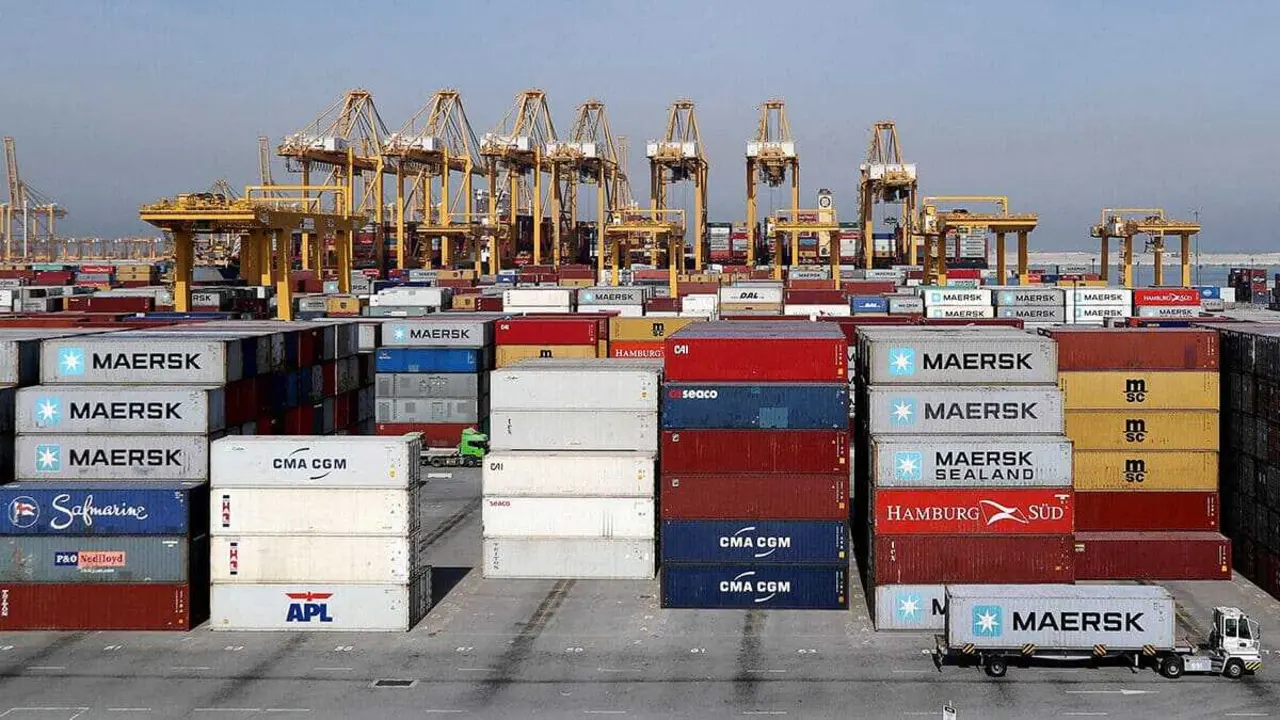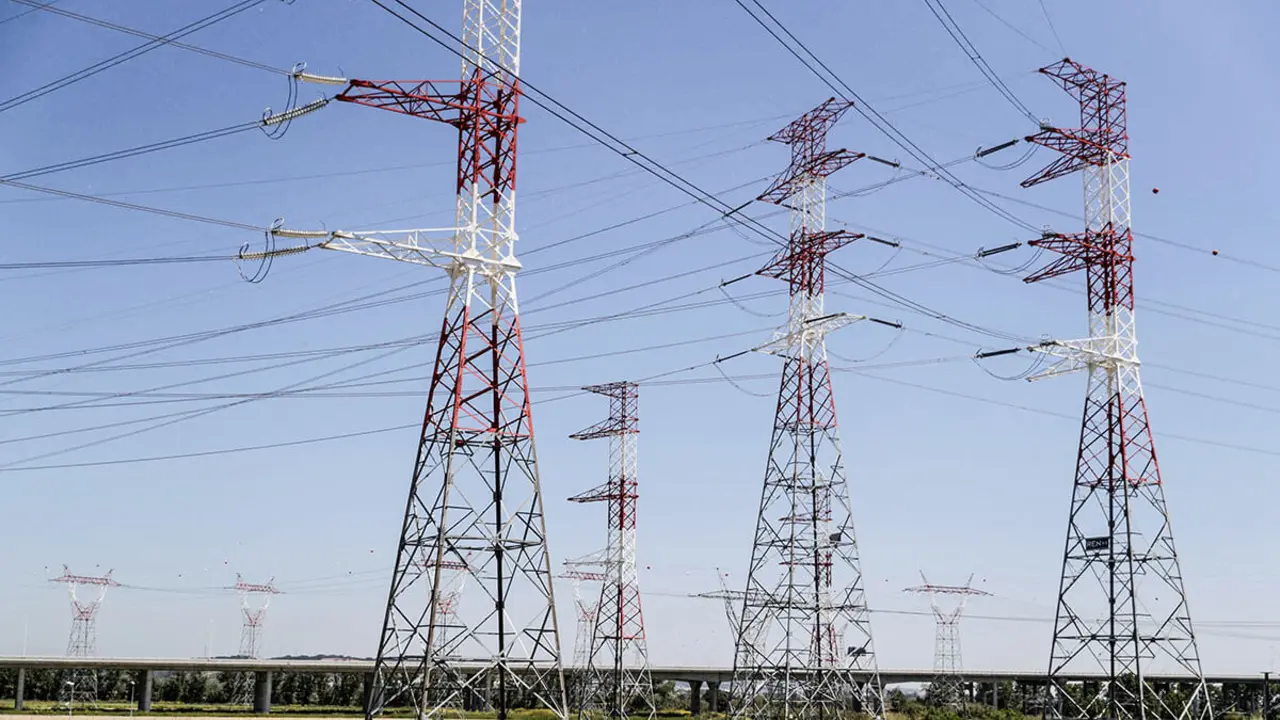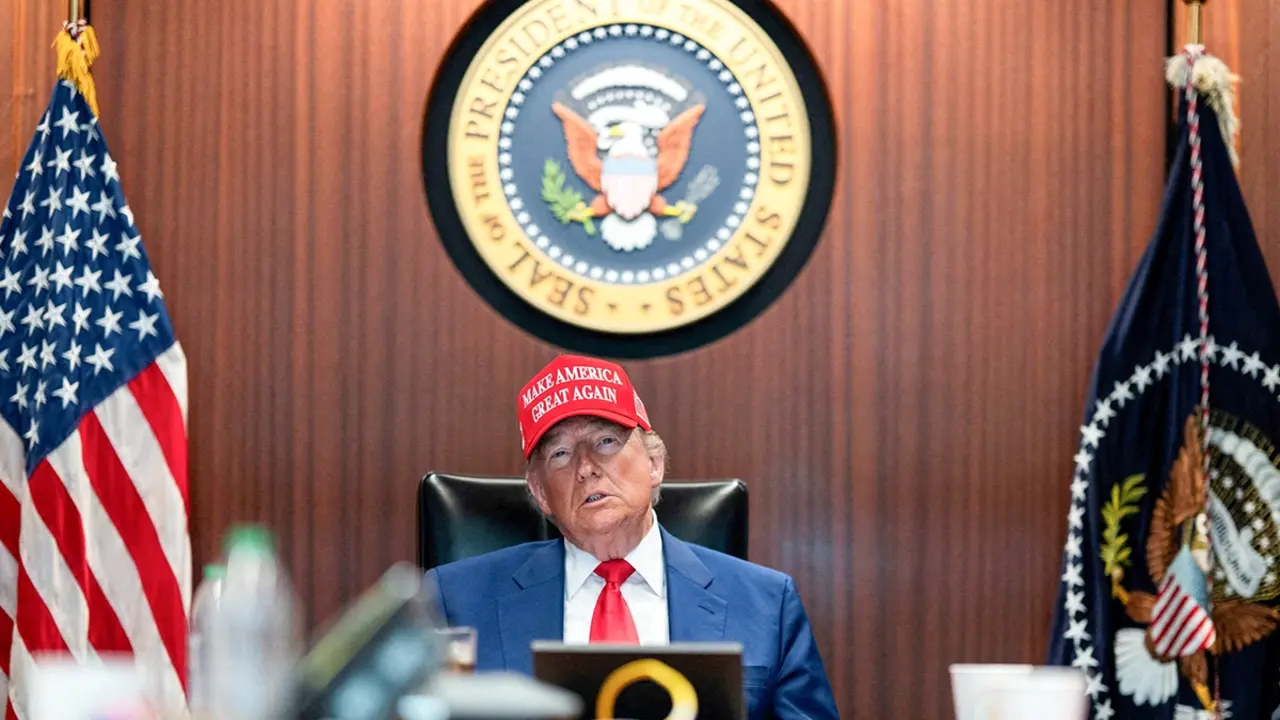Oil prices hit one-year highs
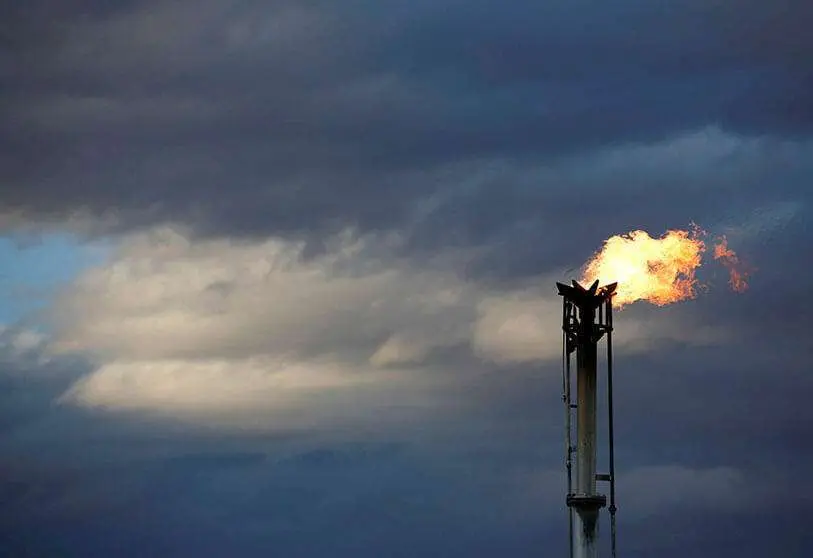
Oil prices are at their highest level since the start of the pandemic. Both demand and the price of oil plummeted from March onwards, which had a serious impact on the global economy. However, after the figures recorded this past day, there is reason for optimism.
The price of a barrel of Brent crude oil, the benchmark in Europe and one of the most important at the global level, has risen to 60.06 dollars per barrel, registering an increase of 0.92%. This mark exceeds the maximum established since 20 February 2020, shortly before the drastic fall in the markets.
Brent's value has been 'in crescendo' over the last few months. This has been its fourth positive weekly balance, although the upward dynamic has materialised this very day with the advance to the highest price in a year. However, Brent has not been the only one to rise, but it has followed the trend of the sector.
The US 'black gold' has also recorded significant increases. In the same context, a barrel of West Texas Intermediate (WTI) oil, the US benchmark, traded at 57 dollars after a rise of 1.25%.
This price rise comes as investors await the Biden administration's stimulus proposal. The Democrat intends to pass a major $1.9 billion COVID-19 stimulus package.
Biden himself urged Democratic lawmakers to "act fast" this week to pass his stimulus package. If approved by Congress, the stimulus could provide a major boost to economies around the world, as well as a sharp increase in oil demand.
Oil demand remains below pre-COVID-19 levels. Global production of oil and liquid fuels fell from 100 million barrels per day during 2019 to 94 million barrels per day in 2020.
Projected estimates for the same year, made last December, were around 97 million barrels per day, according to the Energy Information Administration, the US Department of Energy's analytical agency.
The agency also predicted that US crude oil production "will hover around its current level through the end of 2021" despite the easing of the pandemic. Experts noted that it will be difficult for crude oil to gain upward traction in 2021.
Although the pandemic has boosted demand in other economic areas. The rise of e-commerce, for example, has spurred demand for fuel for all types of delivery vehicles. It has also led to a surge in plastic packaging, itself made from petroleum products, among others.

Beyond the rally in other sectors, the Biden administration's continued blockade of Iranian oil exports has provided further support for the upward dynamic in oil prices. Moreover, these higher prices are encouraging US producers to increase production.
President Biden announced that the US would not approve the lifting of sanctions on Iran in order to reset the negotiating table, a maxim that Ali Khamenei wants to see fulfilled in order to sit down for talks on the nuclear deal.
In addition, the agreement reached by members of the Organisation of the Petroleum Exporting Countries (OPEC) and Russia - the world's largest crude exporters - to limit supply is helping to balance global markets and support prices.
While demand for oil remains lower compared to the pre-pandemic situation, investors are increasingly optimistic, raising hopes for a faster-than-expected economic recovery.



